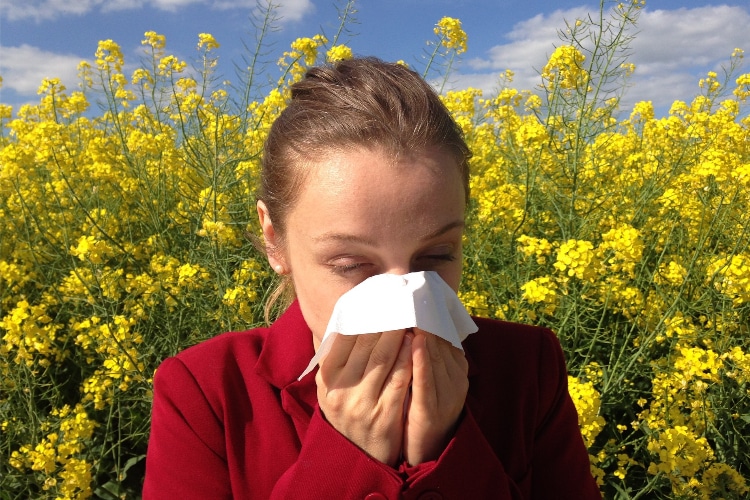
How to Tell If You Have a Food Allergy
Food allergies aren’t just bothersome — they can be costly, too. A recent study in the Journal of Allergy and Clinical Immunology found that food allergies — an exaggerated immune response that peanuts, milk, eggs can trigger, and other products — cost Americans $500 million a year due to doctor visits, hospital care, and lost workdays.
Today, about one in 25 people in the United States have food allergies.
In this article, you’ll learn what a food allergy is and how to tell if you have a food allergy.
Table of Contents
What Is a Food Allergy?
If you have a food allergy, your body’s immune system overreacts to certain food components known as food allergens. These allergens, which are usually proteins, are harmless to most people. But if your body’s immune system has been sensitized to the allergens, it may overreact and attack the proteins as if they were harmful bacteria.
Most people who have a food allergy are allergic to a protein found in one or more of the following foods:
- Fish
- Shellfish
- Peanuts
- Tree nuts
- Soy
- Wheat
- Eggs
- Cow’s milk
Food Allergy Symptoms
Symptoms of a food allergy may include:
- Hives. These raised areas of the skin are red and itchy. Hives often appear in clusters.
- Eczema. Also called atopic dermatitis, eczema appears as red areas on the skin that are itchy and scaly.
- Asthma. A food allergy can trigger asthma, which is characterized by wheezing, coughing, and possibly, trouble breathing.
- Gastrointestinal symptoms. Vomiting, diarrhea, cramping, and gas are common symptoms of a food allergy.
- Itching and swelling. A rash may appear around your mouth, and you may have itchiness and swelling of your mouth and throat.
- Anaphylaxis. This life-threatening allergic reaction affects the whole body. Symptoms may include flushing, mouth-tingling, a rash, dizziness, trouble breathing, excessive sneezing, anxiety, abdominal cramps, vomiting, diarrhea, low blood pressure, fainting, and shock. If you or someone around you is showing symptoms of anaphylaxis, contact emergency medical personnel immediately.
These symptoms usually appear within a few minutes to a couple of hours of eating the food you are allergic to. Rarely, an allergic reaction to a food can occur even when you do not consume the food since some food allergens can become airborne (for example, when shellfish is steamed).
Diagnosing and Treating a Food Allergy
Anyone who has had symptoms of an allergic reaction to a food should consult an allergist or immunologist, who can diagnose the condition and decide how to best treat it. Diagnosis of a food allergy will involve a complete medical history, physical exam, and allergy skin or blood tests to confirm the presence of the allergy. The best treatment for a food allergy is to avoid the food that triggers the allergic reaction. However, this can be not easy if you don’t prepare your own meals. Here are some tips to help avoid problems when eating out and buying pre-made foods:
- Talk to your hosts or wait for staff about dish ingredients when dining away from home.
- Read all food labels and ask your doctor what ingredients you should watch out for
- Avoid foods that don’t have labels.
It is a good idea to always carry injectable epinephrine or an antihistamine medication with you at all times if recommended by your doctor. Also, consider wearing an identification bracelet that describes your allergy. Some people, especially children, eventually “grow out” of their food allergy. But, there is currently no cure for food allergies. Researchers are working to find a cure and identify better ways to prevent and treat allergic reactions to food allergens.






